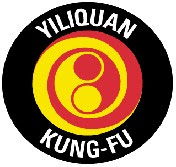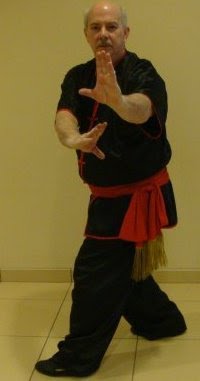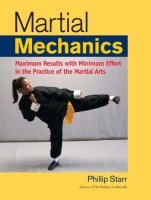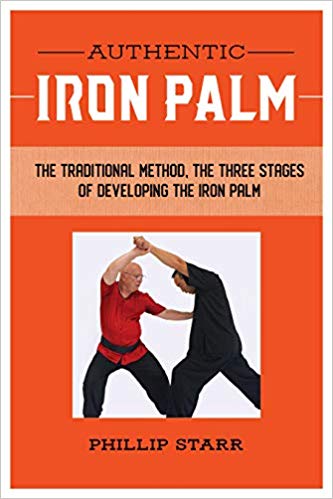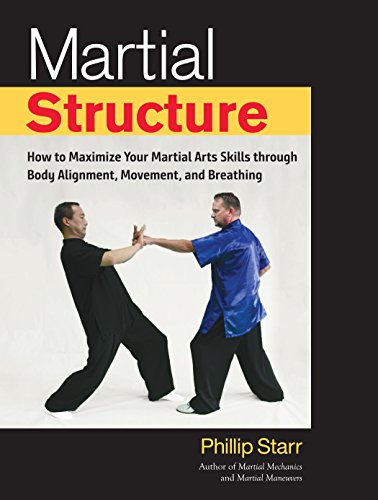Is your
style of karate or kung-fu considered a “hard style” or a “soft
style?” Most Western practitioners of these disciplines are able
to answer this question in a heartbeat. They may elaborate on the
subject a bit, but they immediately understand the question and what
it implies; “hard styles” rely on the development and application
of brute, muscular force while “soft styles” emphasize
relaxation, minimal muscular effort, and the utilization of qi
(internal power). I remember when the terms “hard style” and
“soft style” were first introduced to Western martial arts
enthusiasts by the martial arts media back in the 1960's. I'd never
heard of these phrases and I asked my teacher, Master W. C. Chen
about them. I was astounded when I saw that he was every bit as
confused as I was. These appellations have never been used in China
or any other part of Asia. They were, as nearly as I can determine,
created by the martial arts magazines of the day.
Some
karate and kung-fu enthusiasts elaborate a bit further and explain
that “hard styles” utilize techniques that travel in straight
lines and “soft styles” promote the use of circular techniques.
I've never understood how anyone could accept this terribly flawed
explanation and when would ask for some elaboration, the answers I
received were almost comical. “We use straight punches”, they
would say. I would counter this statement and remind them that the
so-called “soft styles” utilize exactly the same type of forefist
thrust. Moreover, this type of direct punch employs a (circular)
turn of the hips as well as a (circular) screwing motion of the wrist
just prior to contact.
Not to
be so easily dissuaded, they would argue that their kicks were
directed along a straight path. They would happily demonstrate a
front snap kick and a side thrust kick as proof of this. I
countered easily and showed them that both kicks travel along arcs
(as they must, since they are chambered from the height of the
kicker's knee). I would also show them techniques such as sword-hand
and backfist strikes, both of which travel along semi-circular paths.
Even
so, they would not be dissuaded. “Our blocking techniques are
circular but our punches are straight”, they argued. I had to
shrug my shoulders. There's no point in quibbling with a closed
mind. Their convictions were based on remarks made in their favorite
monthly martial arts publications, so there could be no doubt as to
their validity, right?
You
bet.
These
were the same magazines that avowed that “soft styles” such as
taijiquan and baguazhang didn't require the application of any
muscular effort whatsoever. Many aspiring martial arts masters
understood this to mean that any “98 lb. weakling” could easily
become an expert at time travel by knocking his larger opponent into
next week! The few taiji schools that were available were soon
packed to the gills with students and the cash flowed quickly and
easily. But the truth got lost in there somewhere.
Some
karateists prided themselves on practicing systems that were touted
as being both hard and soft. Goju-ryu is a prime example. “Go”
means “hard”, they would say. And “ju” means “soft.” So
there you have it, right?
No, not
quite. Like the early practitioners of judo, who believed that the
“ju” of judo meant “soft, gentle”, they didn't bother to
learn something of the Japanese language and culture. The word “ju”
does NOT mean “soft.” Not by a long shot. Rather, it refers to
a type of pliability such as we might see with the flexible limbs of
a young tree. Push against it and it gives way easily. It does not,
however, collapse entirely. When you release it, the limb will snap
back to it's original shape. This kind of elasticity is what “ju”
refers to.
All
martial arts, from karate to kendo, aikido, kung-fu and kendo
underscore the importance of doing more with less. That's a fancy
way of saying that one shouldn't use any more (muscular) strength
than is absolutely necessary. Ever. A highly skilled practitioner
of karate, which is generally referred to as a “hard style”, will
perform his techniques with celerity but without excessive brute
force. I have trained and socialized with some of the finest karate
masters of the last century such as Hidetaka Nishiyama and Seiyu
Oyata. Their techniques were crisp and quick, delivered with minimal
muscular effort. To the novice, such techniques would appear to be
lacking any real destructive power but those senior practitioners who
had had the dubious pleasure of being on the receiving end of those
techniques knew better.
At the
same time, I have known a great many practitioners of taijiquan who
prided themselves on their ability to push a foe some distance. The
fact is that their pushing technique was seriously flawed and was
more of what I call a”shove” rather than a “push.” And in
any case, I've never known a push to end a serious conflict!
Taijiquan, as well as baguazhang and xingyiquan (the three classical
“sister” styles that are generally referred to as “soft” or
“internal”) utilize a wide variety of punching, striking, and
kicking techniques that, when applied correctly, are terrifically
powerful. But if you're thinking of finding someone who can
demonstrate such skill to you, you'd best plan to travel for a long,
long time. Such skill nowadays in the “soft styles” is extremely
rare, even in China.
The
terms “external style/school” (waijia) and “internal
style/school” (neijia) are often used interchangably with “hard”
and “soft”, respectively. Again, such phrases are rarely used in
China. They were originally coined by a famous teacher of the
neijia, Sun-Lutang, back in the 1930's. Some people argue that they
actually refer to where a given style originated; those that
originated outside of China were called “waijia” and those that
were native to the Middle Kingdom (that's China for you rednecks)
were referred to as “neijia.” Put simply, this argument is
wrong.
Sun
wanted to differentiate between styles that rely on the development
of “coiling power” (chansi-jin) and the manipulation of small,
inconspicuous, internal tissues and those that focus solely on the
use of the larger, overt muscle groups. Such a distinction does, in
fact, exist. Most contemporary karate styles do not utilize coiling
power at all. However, my research indicates that the early Okinawan
forms of karate did. Over the generations, most of this information
has been lost or forgotten. However, this would qualify such styles
as forms of neijia! That statement probably won't help me win any
martial arts popularity contests, but it's true.
So,
hard or soft, internal or external, what counts is that you learn to
perform your techniques and form correctly. Hard and soft eventually
become one. And THAT is where real skill lies.



